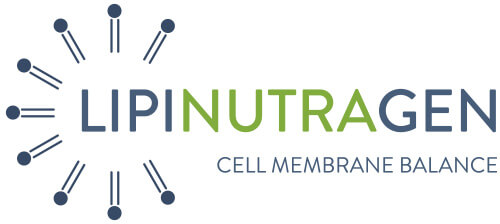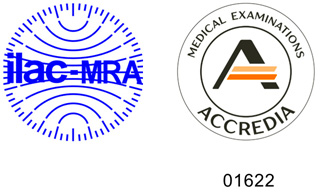Accreditation is the official recognition of a laboratory’s suitability and compliance in providing specific services. In the healthcare and diagnostic fields, accreditation ensures that test results are reliable, repeatable, and compliant with international standards.
Each country in Europe has its own national accreditation body. In Italy, the national accreditation body is ACCREDIA, designated by the Italian government in accordance with European Regulation 765/2008. ACCREDIA is responsible for certifying the competence, independence, and impartiality of certification, inspection, and verification bodies, as well as medical laboratories. It is also connected to international networks of accreditation bodies.
The accreditation body, which is independent and representative of all stakeholders, ensures that accredited laboratories perform analyses with competence, independence, and impartiality, through regular technical assessments.


